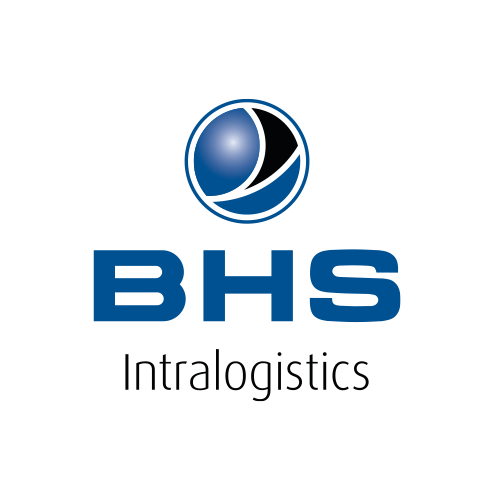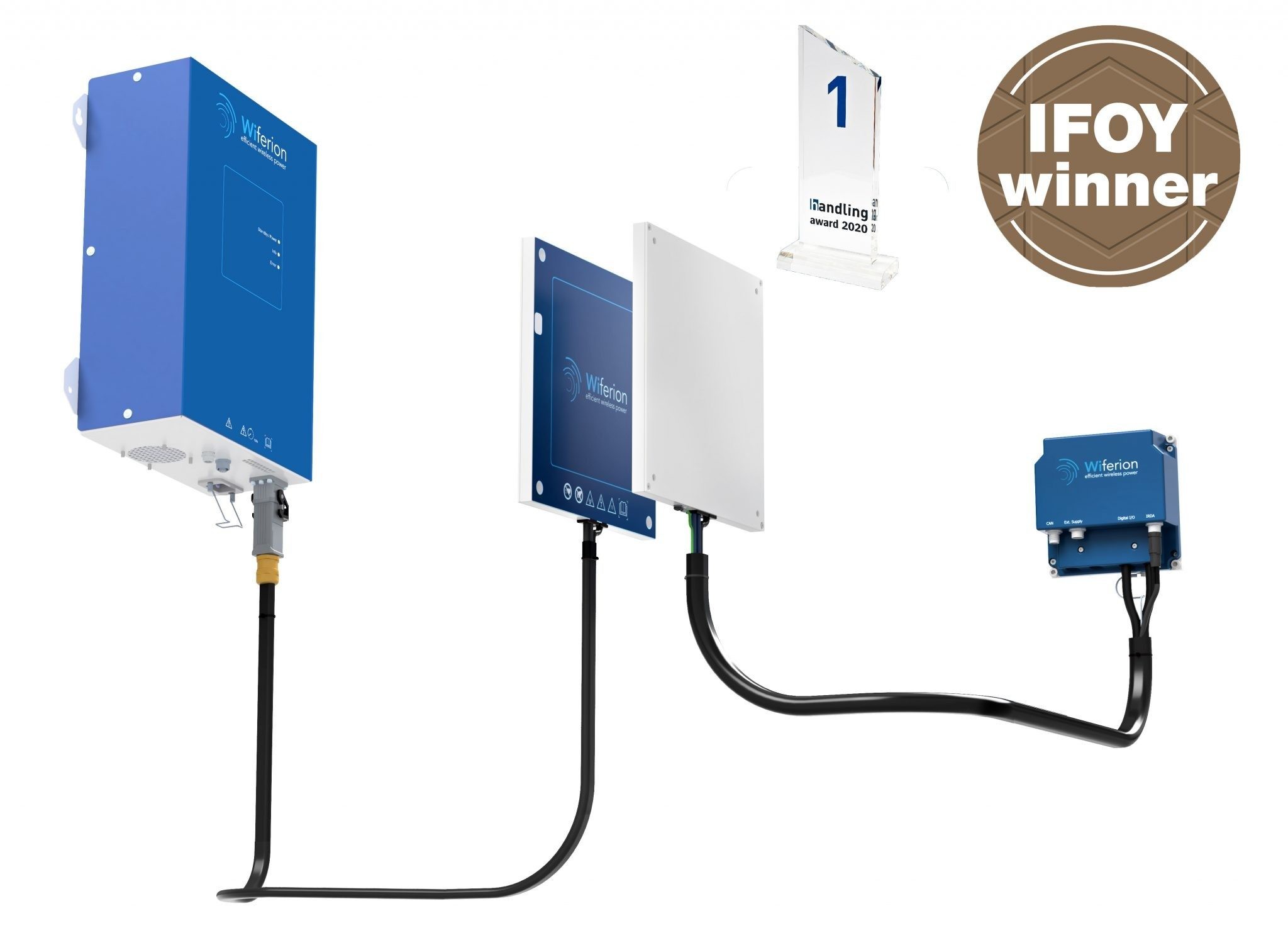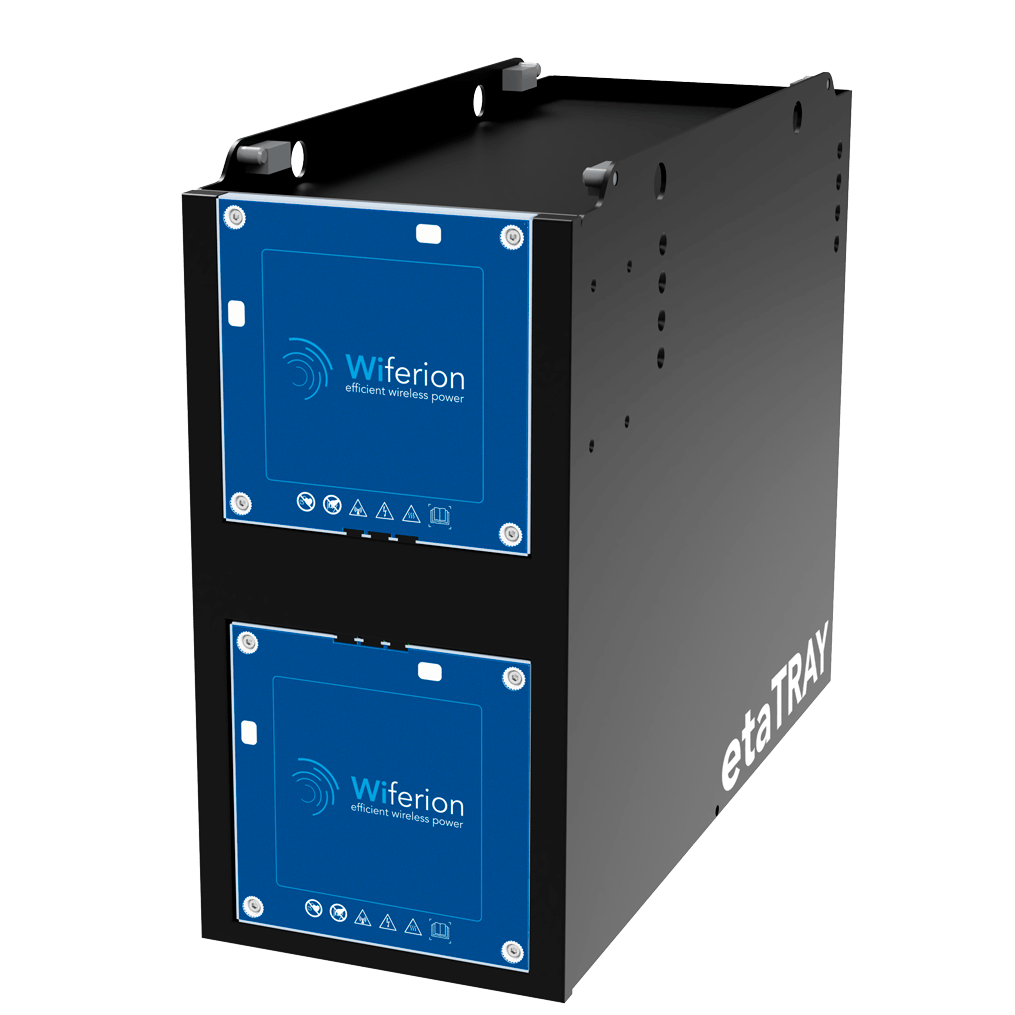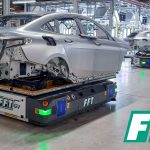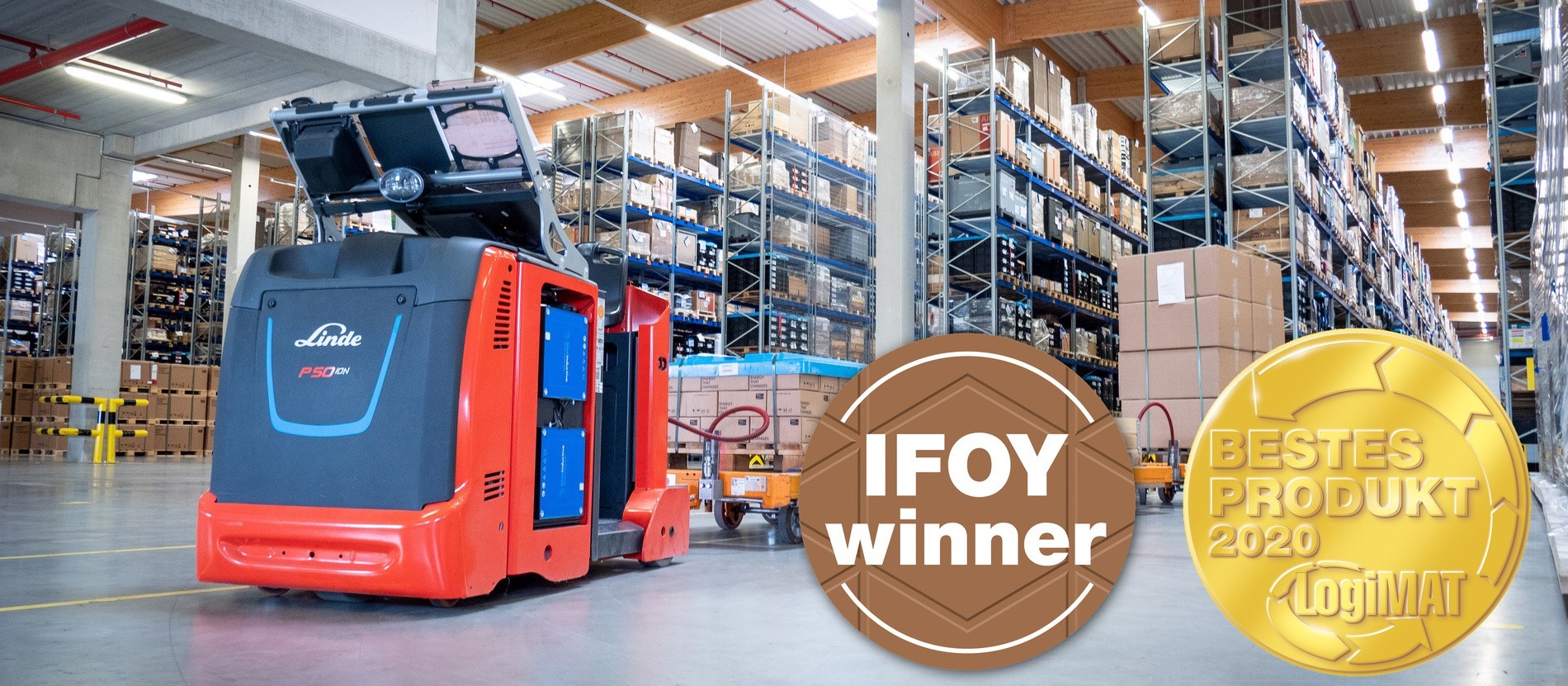
Automated tugger train:
More productivity through inductive charging
More productivity through inductive charging
Automated tugger trains are considered the most economical and safest solution for the cycle-controlled supply of production lines. Compared to other material handling vehicles such as forklifts, an automated tugger train achieves enormous productivity increases. At the same time, different load carriers minimize the volume of internal traffic. If the systems are equipped with an inductive energy supply, the productivity of intralogistics can be further maximized.
Areas of application of the automated tugger train
Automation with the tugger train system is worthwhile where material has to be transported over a longer distance from the source (supermarket) to the sink. They are suitable for plannable, standardized intralogistics processes. For example, for the just-in-time supply of production and assembly with production resources. Depending on the processes and requirements of a company, for example if it has a fixed route, the tugger train can be partially or fully automated.

Selected customers and partners with automated vehicles
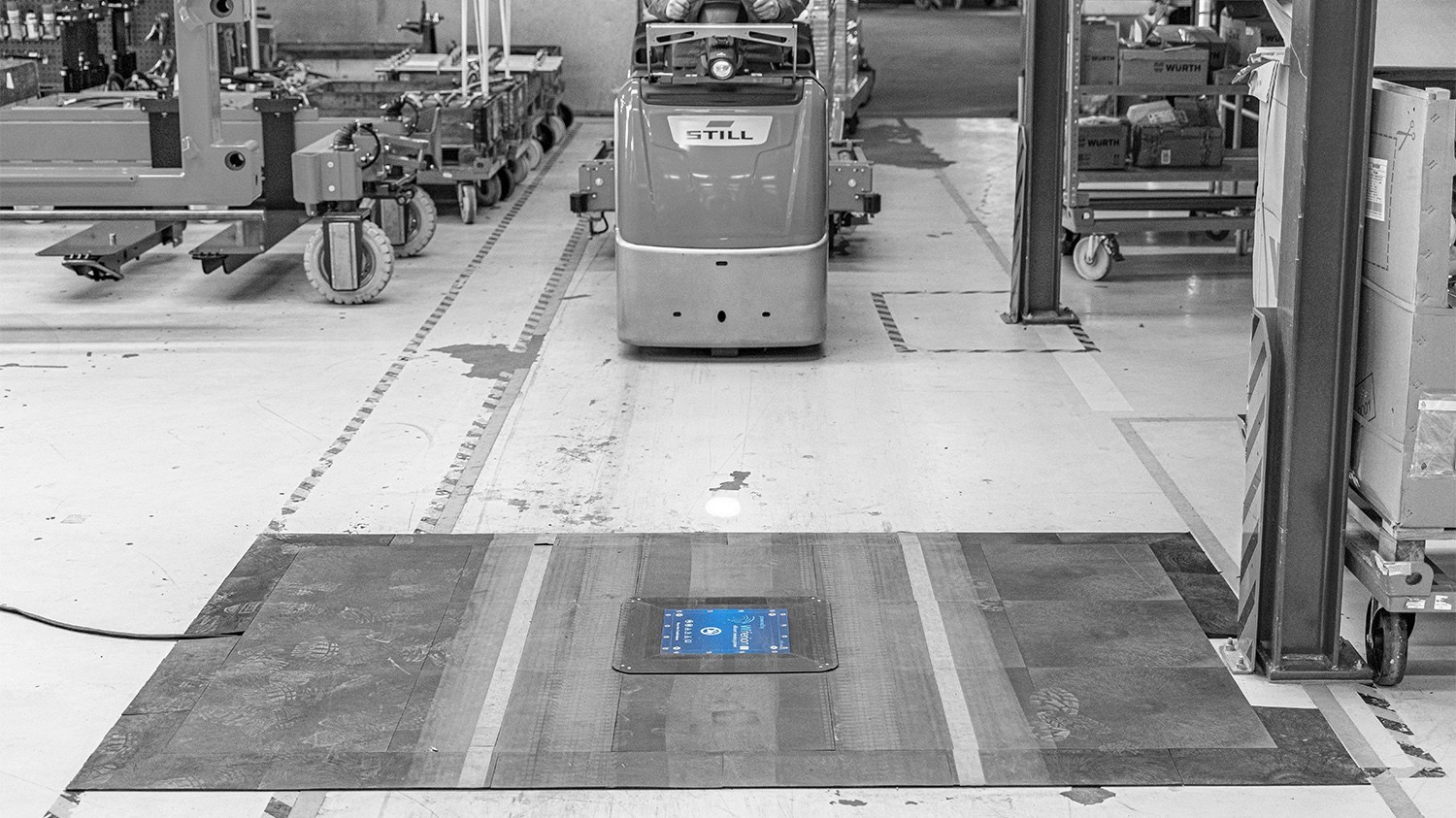
A multiple of productivity
A tugger train consists of a towing vehicle (tractor) and several frames (trailers) for transporting the load carriers. The load carriers are very individual and vary greatly depending on the application. If the use of tugger trains is in horizontal material flows, then the transported goods are often loaded onto the trailers on pushable pallets or trolleys.
The advantage of tugger train solutions compared to forklifts, is a multiple of productivity. Since they are automated, they cover all stations of the flow of goods, saving unnecessary trips to the warehouse per trip.
Automated guided vehicles: How is a tugger train automated?
There are three ways companies can automate it.
- only the driving operation is automated
- only the loading and unloading of the frames is automated
- combination of automated driving operation and automated loading and unloading
The first variant is particularly worthwhile if there are long distances between the unloading points which the driver covers unproductively.
The second variant is used for large weights. These are weights that would strain a driver beyond his performance limits.
The third variant is particularly interesting for companies and production logistics that use the tugger train in three-shift operation, as high cost reductions can be achieved here.
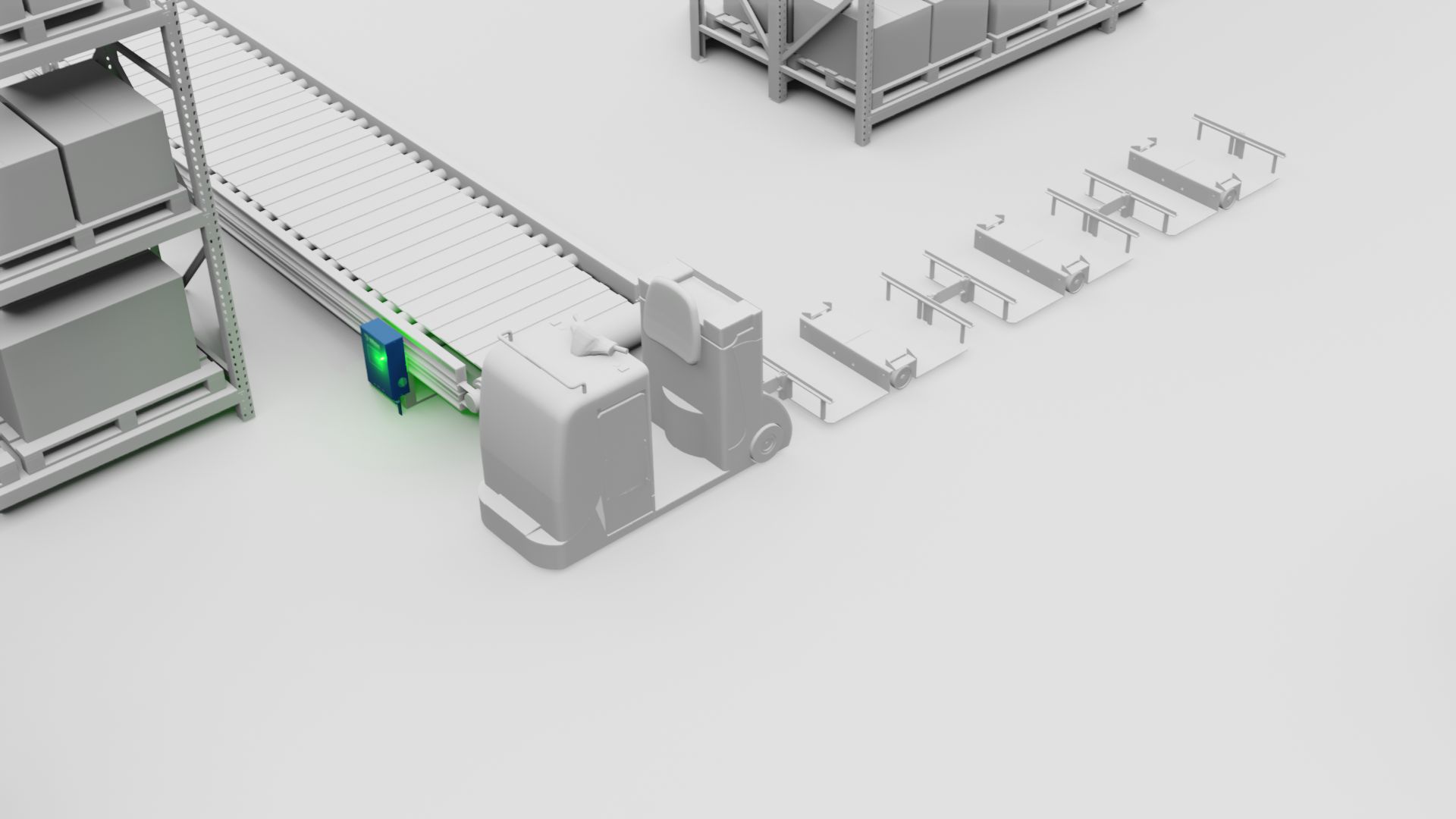
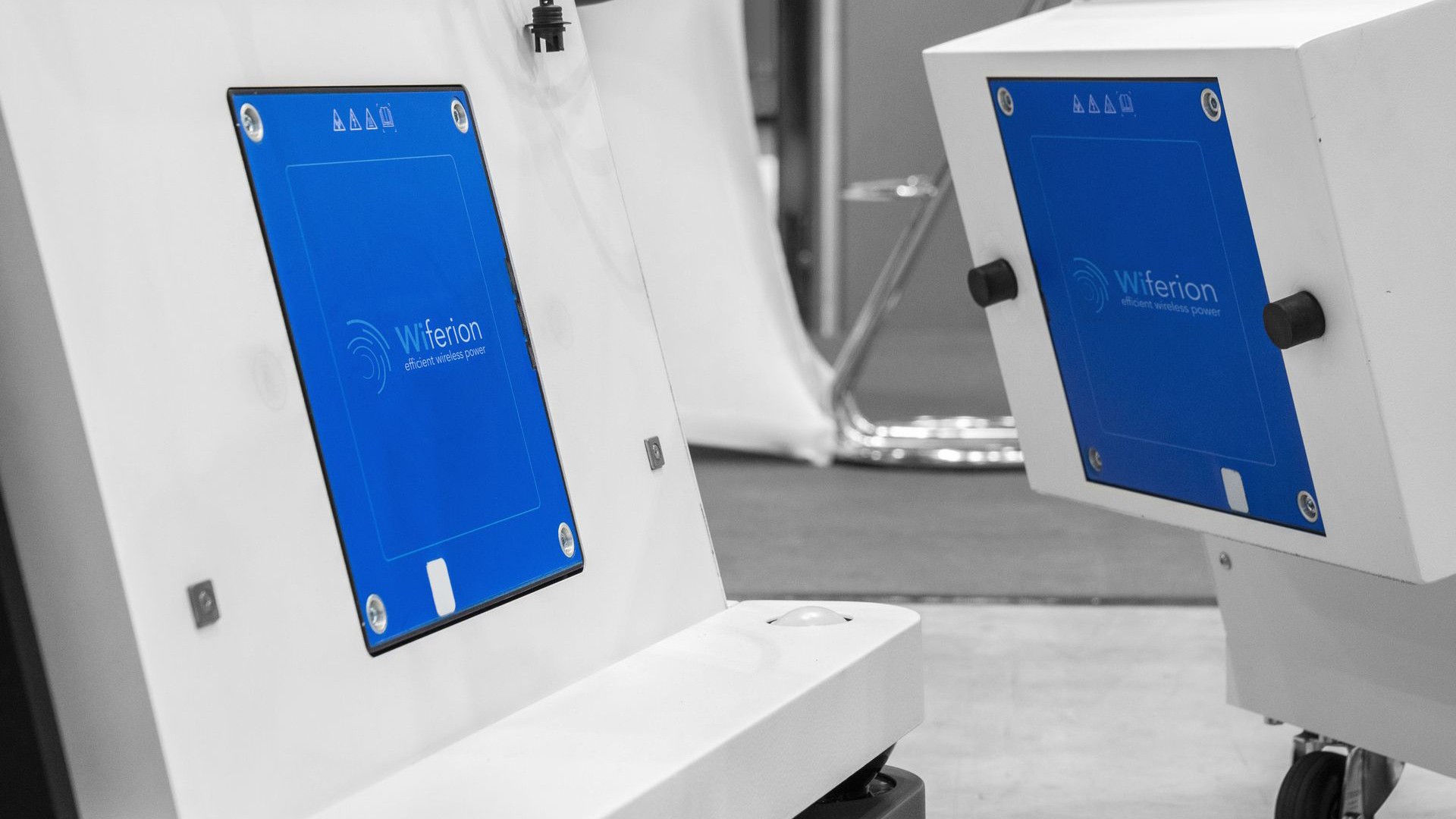
Automated energy supply as a key technology
For efficient logistics, it is crucial that the available resources are used in the best possible way. Inductive energy supply for tugger train batteries is therefore essential and cost effective. With so-called “in-process charging,” wireless charging stations are installed at frequented positions.
In this way, even short downtimes can be used to charge the towing vehicles with wireless charging technology. Long breaks for recharging the batteries or the time-consuming changing of battery troughs are completely eliminated. Driving to the battery charging zones also becomes unnecessary.
Compared to conventional battery charging systems with contact or plug-in connections, wireless battery charging increases productivity by 30%.
In addition, wireless power increases safety. Trailers no longer need to be disconnected for the tow tractor to drive to the battery charging station. For this reason, there are no longer any parked frame elements in the warehouse environment that could disrupt logistics processes and workflows, which leads to more efficient operations.
Example of a tugger train logistics loop
with “in-process charging”
with “in-process charging”
A classic tugger train loop with “In-Process Charging” starts with the tugger driving autonomously to the stations at the supermarket. Here, the loading of the load carriers onto the tugger train trailers takes place. During this process, the energy supply to the battery starts automatically in less than a second.
When the tug reaches the first station, material is unloaded. The released frame can pick up an empty load carrier at the next station. Here, too, the tugger train receives its next dose of power.
As soon as the tugger train has completed all stations on the production line, it transports the empty load carriers to the station. There it unloads them and picks up new load carriers for the next tour. Here, the vehicle charges again via “in-process charging”.

